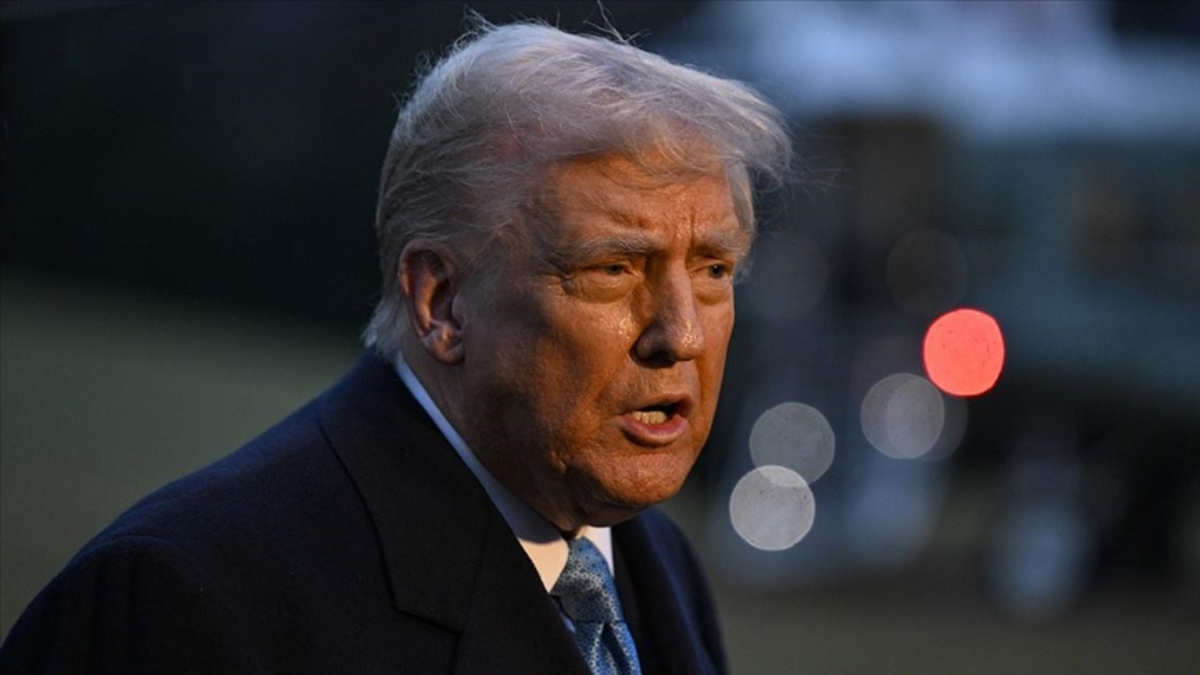Global Trade Crossroads: What Comes After Trump’s August 1 Tariff Deadline?

As the August 1 deadline for Trump’s sweeping new tariff regime approaches, affected nations are not just preparing defense — many are pivoting toward long-term realignment in trade relations and supply chains.
In Tokyo, Prime Minister Shigeru Ishiba has signaled a shift in posture: while calling the 25% tariff notice “truly regrettable,” he’s also emphasized Japan’s intent to explore diversified export markets and strengthen supply chain resilience, rather than rely solely on U.S. negotiation leverage.
South Korea is similarly recalibrating its strategy. With its government mobilizing cross-ministerial response teams, Seoul is simultaneously pursuing deeper trade pacts in regions outside North America — eyeing ASEAN and European markets as vital for future growth.
In Southeast Asia, countries like Thailand and Malaysia — facing steep 36% and 25% tariffs, respectively — have committed to accelerating discussions with the U.S., while also seeking regional trade diversification. Their twin approach reflects a determination to negotiate favorable terms while keeping fallback options in place.
Across the globe, South Africa has leveraged the tariff threat to strengthen ties with EU and African regional partners. President Cyril Ramaphosa’s government is also preparing counter-tariff measures if negotiations break down — signaling readiness for both diplomacy and economic resistance.
According to trade policy specialist Deborah Elms from the Hinrich Foundation, the widespread application of tariff pressure—equally applied to both low-engagement states and those pushing hard for concessions—suggests the U.S. is leveraging this moment to reset global dependencies, especially concerning China-linked supply chains.
Economists caution that the true impact of these developments will unfold over the coming months. After August, outcomes may include:
-
Bilateral side agreements or supply-chain realignment pacts
-
Regional trade diversification toward Europe, ASEAN, or Africa
-
Potential retaliatory tariffs or WTO appeals if negotiations fail
The world’s trading system now stands at a precarious crossroads — where swift negotiation may yield revised tariffs and new bilateral ties, but breakdowns could usher in prolonged trade disruption and economic realignments.
With the deadline fast approaching, governments, corporations, and investors alike are left to carefully chart their next moves in an increasingly unpredictable trade landscape.








